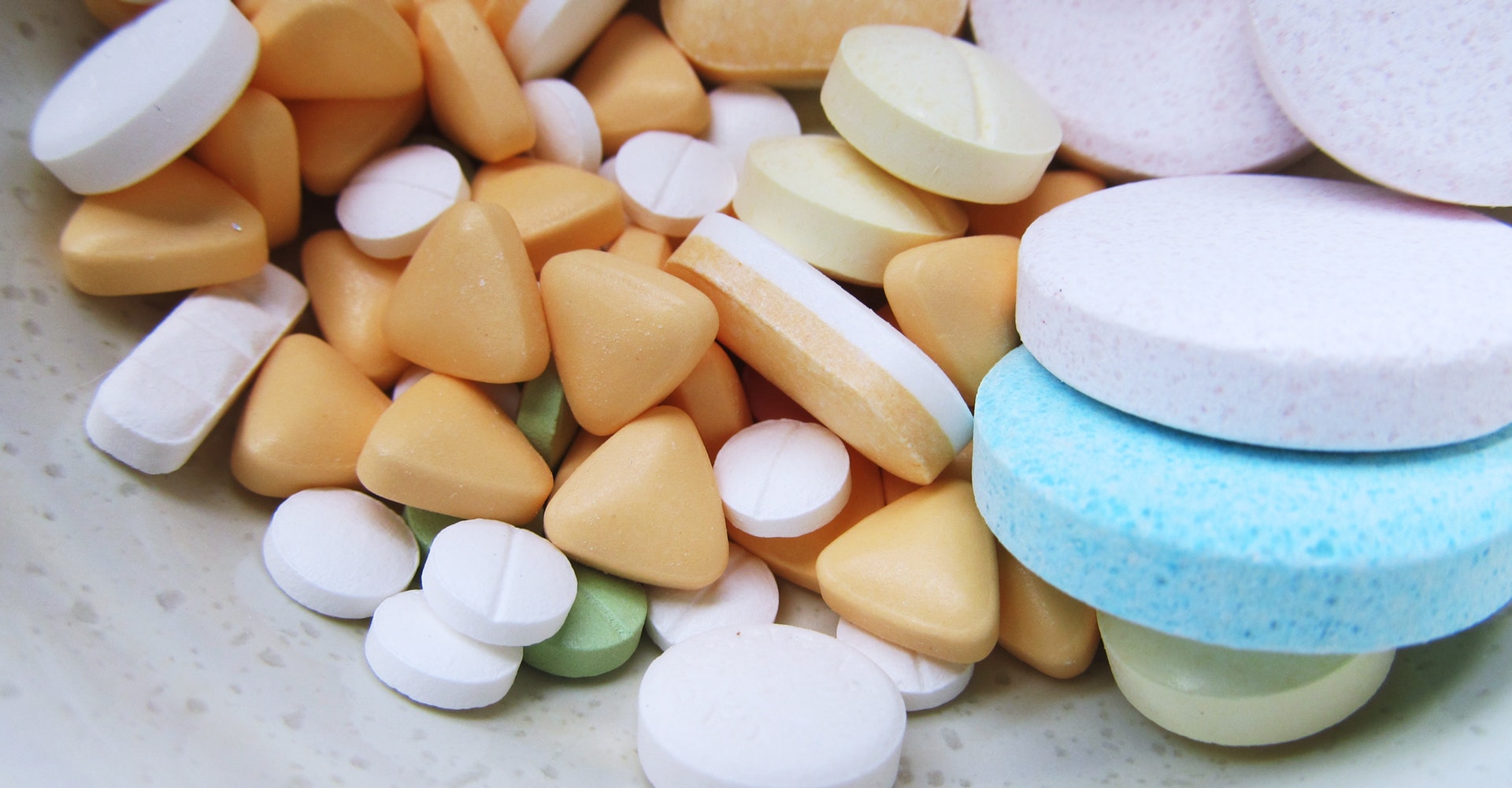Think about a time you needed serious medical attention. You had to rely on a doctor’s help. But what if that initial help became harmful?
That’s sometimes how opioid addiction happens. You might suffer addiction to illegal drugs. But you might also suffer addiction to prescription medicines. Opioid addiction happens in more ways than we expect.
What Are Opioids?
We described opioid addiction and the opioid crisis last fall, but we want to update our understanding.
Opioids are the class of drugs that bring your body pain relief. Their components are designed to release your physical pleasure chemicals (like endorphins) and can create physical euphoria (the “high”). Because of this effect, doctors prescribe them to patients who need to recover from serious injury or who live with chronic pain. Opioids include medications like:
- Oxycontin
- Percocet
- Demerol
- Vicodin
But opioids aren’t harm-free medications. They also have a high risk of addiction.
What Is Opioid Addiction?
It’s physical and psychological dependence on using opioids, just like any other addiction. Because that euphoric “high” works so potently on the body, the body can’t feel pleasure without it. You can suffer from addiction to those prescription opioids if you don’t take them as carefully as possible, and you can also become addicted to illegal opioids like heroin and fentanyl.
Opioid addiction becomes worse because of its painful withdrawal symptoms. Often they prove so painful that, if you try stopping your opioid use, you find it physically impossible. Opioids can hold a horrible influence on your body if you become dependent on them.
Here are some of the symptoms of opioid withdrawal:
- Nausea
- Sleeplessness
- Diarrhea
- Abdominal cramping
- Anxiety
It’s not a pretty picture. Often, withdrawal gets so painful that anyone trying to stop using would rather relapse again than go through it.
Why Do Opioids Matter?
We bring up opioids again because they remain dangerous for most American communities. The Centers for Disease Control and Prevention reports that the United States has suffered three waves of widespread opioid overdoses: the first in 1999, the second in 2010 and the third in 2013. In 2017, that meant 47,600 opioid-related deaths. As of 2020, researchers estimate that about 130 Americans die of an opioid overdose each day.
These statistics don’t mean that the country has given up. After all, the Department of Health and Human Services is improving its addiction prevention outreach, its pain management plans and other opioid responses. And healthcare providers can give patients recovery treatments for opioid addiction. Many strategies try to address opioid addiction head-on.
What Now?
Stay tuned as we discuss opioids and opioid addiction treatments next week! There’s plenty to learn about about medically-assisted treatment for opioid addiction, and not everyone understands it. Feel free to come back and keep learning with those future articles.
And in the meantime, stick around In The Rooms for its addiction recovery community. Visit a new meeting, or read a new recovery article. Find how we can serve you today!






